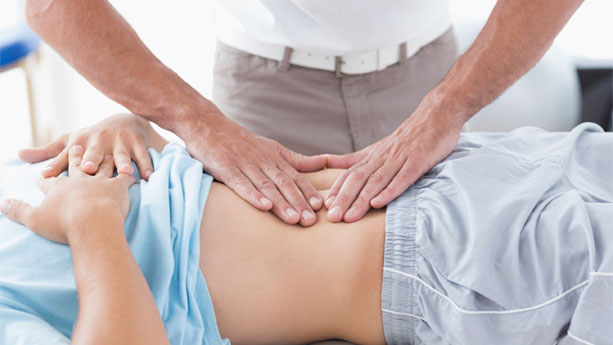A motility disorder, which inhibits the movement of food, liquid and waste through your digestive system, can cause pain, bloating, diarrhea, constipation and a wide range of other uncomfortable symptoms. Gastroenterologists in the Sutter Health network use advanced motility testing to measure the function of the digestive tract and make an accurate diagnosis.

For example, we offer wireless motility capsule technology (SmartPill™), which measures transit times through the stomach, small bowel and colon, as well as contractions throughout the GI tract, to help diagnose disorders.
Other diagnostic tools include:










